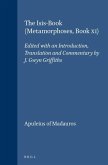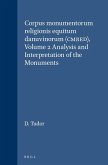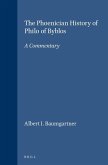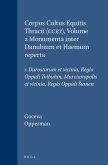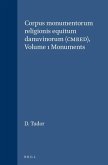This second volume of the commentary on the Baal Cycle, the most important Canaanite religious text from Ugarit, in Syria, analyzes KTU/CAT 1.3 and 1.4, the tablets that contain the long episode about how Baal secured permission from El to build his royal palace and how the palace was built. It includes a new edition of the tablets, supplemented by a DVD-ROM with 92 images and superimposible drawings, a comprehensive introduction, new translation and vocalized text, and detailed commentary. The authors develop an interpretation of the episode which places it into the larger context of the Baal Cycle as a whole.

![The Ugaritic Baal Cycle, volume ii: Introduction with Text, Translation and Commentary of KTU/CAT 1.3-1.4 [With DVD] - Smith, Mark; Pitard, Wayne The Ugaritic Baal Cycle, volume ii: Introduction with Text, Translation and Commentary of KTU/CAT 1.3-1.4 [With DVD] - Smith, Mark; Pitard, Wayne](https://bilder.buecher.de/produkte/25/25921/25921260n.jpg)
